Introduction
Artificial intelligence (AI) is revolutionizing the insurance industry, particularly in claims processing and underwriting. By harnessing the power of AI, insurers can analyze vast datasets with unprecedented speed and precision, leading to increased efficiency and informed decision-making. Despite the challenges of implementation, early adopters of AI in the industry have seen tangible enhancements in their services, showcasing the transformative impact of this technology.
Moreover, the integration of AI aligns with regulatory guidelines, ensuring ethical use of data within the insurance domain. Leveraging AI, insurance companies can expedite the underwriting process, resulting in more accurate risk assessment and a smoother claims experience for customers. By streamlining operations and enhancing data accuracy, AI adoption offers exceptional service, reduces costs, optimizes resources, and focuses on customer satisfaction.
The potential of AI in claims processing is becoming increasingly tangible, with companies experiencing quantifiable results from their AI initiatives. As the insurance industry continues to evolve, embracing AI and automation, it is poised for operational excellence and a more customer-centric approach.
The Role of AI in Insurance Claims Processing
Artificial intelligence is significantly transforming the sector of coverage, especially in the domains of assertions management and risk assessment. By utilizing the advanced capabilities of AI, insurers are now able to sift through vast datasets with unprecedented speed and precision, uncovering insights that are integral to informed decision-making. This technological leap forward has led to a significant uptick in efficiency, with AI-driven systems capable of detecting intricate patterns and executing complex tasks that previously required human intervention.
Statistics emphasize the transformative impact of AI within the industry, as a study indicates that 91% of leaders in financial services and insurance have initiated AI pilot programs. However, only 36% have succeeded in integrating these systems broadly across their operations. Despite the challenges of implementation, the early adoption of generative AI by property and casualty insurers is bearing fruit, showcasing tangible enhancements in various aspects of their services.
Moreover, the implementation of AI is in line with the industry’s regulatory framework, as evident from New York’s release of guidelines ensuring AI applications do not violate current regulations on unfair claim settlement practices and the mishandling of consumer information. These advancements in AI not only streamline processes but also fortify the ethical use of information within the sector.
By utilizing AI, companies are now able to speed up the underwriting process by analyzing historical data to more accurately assess risks and tailor coverage. This transformation not only benefits the insurers by enabling more precise risk assessment but also enhances the experience for the individual, who gains from a smoother, more responsive process for submitting requests for compensation.
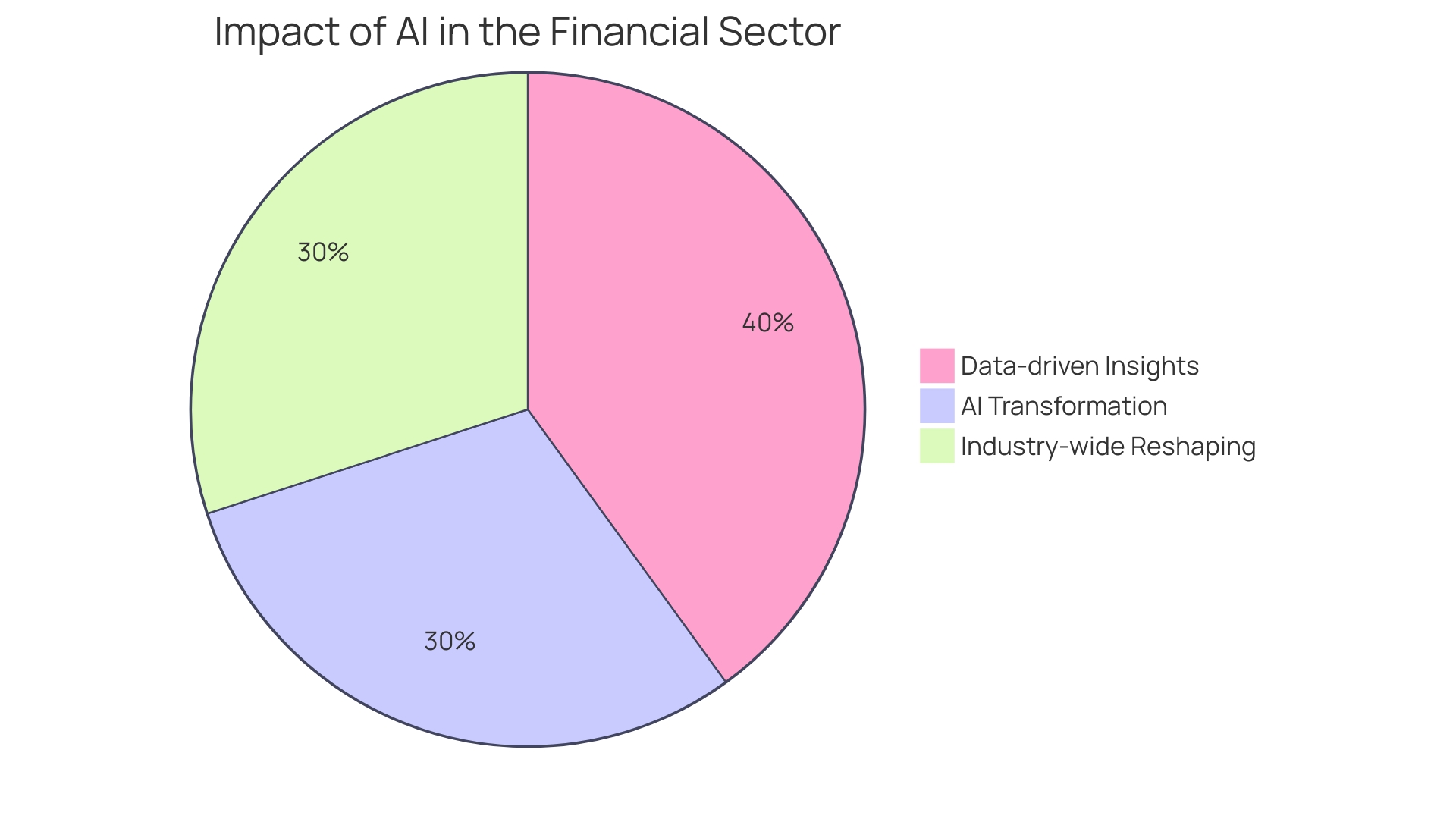
Streamlining the Claims Workflow
Embracing automation and intelligent solutions in the industry is revolutionizing how claims and underwriting are processed. With the incorporation of artificial intelligence (AI), providers of coverage are experiencing a shift in thinking, enabling a more efficient workflow that eradicates manual obstacles, diminishes paperwork, and delivers faster claims settlements, ultimately resulting in heightened satisfaction of clients.
For instance, Hiscox, an international specialist insurance company, has witnessed the transformative power of automation firsthand. By implementing AI-powered solutions, they managed to decrease their repetitive workload by 28% and greatly enhance their response times to inquiries from their clientele. This not only enhanced overall customer experience but also alleviated the pressure on their service teams, contributing to both customer and employee contentment. Guilherme Batista, Process and Operations Manager at Hiscox, emphasizes the significance of automation in achieving sustainable growth without proportionally increasing operating expenses.
In the broader context, AI’s potential in the sector of insuring is vast. From an open-source platform that simplifies health coverage appeals to the utilization of generative AI for claims processing, the industry is at the cusp of a major transformation. Gen AI, for instance, is being used to enhance customer experience by improving policy coverage assessment and streamlining the First Notice of Loss intake.
Furthermore, the implementation of AI in insurance isn’t just about improving efficiency but also about attaining consistent accuracy in information. By standardizing processes, AI models reduce manual errors and ensure uniformity in data collection. This is demonstrated by recent findings that indicate a significant decrease in overpayment related to claims as a result of the implementation of AI-audited bill reviews.
Data also indicate that customers prioritize prompt handling of claims, with a survey showing that a majority of customers in different countries consider speedy processing as a top expectation. Insurance companies are thus intensifying their automation efforts to meet this demand. Furthermore, the industry of ensuring is starting to acknowledge the significance of a fail-fast approach and the value of transparency in digital tools, as emphasized by industry leaders.
Choosing the right automation tools for claims processing requires careful consideration of scalability, integration, accuracy, reliability, and regulatory compliance. As the industry moves forward, insurers are finding that despite the challenges, the benefits of AI adoption are becoming increasingly tangible, with many already experiencing quantifiable results from their AI initiatives.
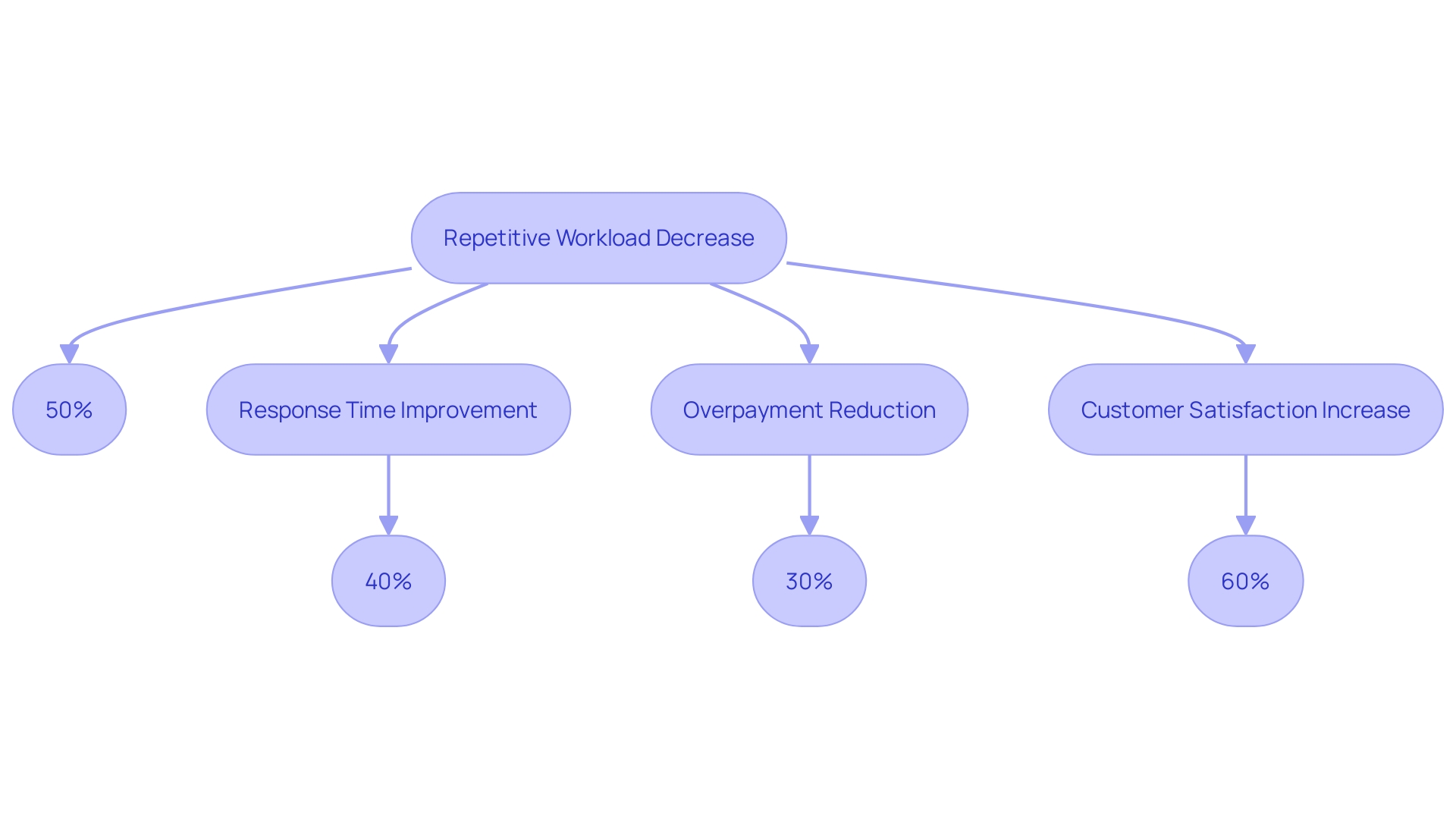
Enhancing Accuracy with AI and Machine Learning
The transformative power of generative artificial intelligence (GenAI) is reshaping the landscape of property and casualty insurance. With a steadfast commitment to innovation, these companies are at the forefront, harnessing Ai’s capabilities to tackle complex challenges. The combination of AI and machine learning algorithms offers more than just automation; it provides a nuanced approach to analyzing vast troves of structured legacy information and structured information in JSON formats. These technologies can carefully examine past information, recognizing hard-to-find fraud patterns and marking doubtful assertions with unparalleled accuracy.
As insurers maneuver through the information revolution, the incorporation of AI has proven to be a game-changer in achieving precise and fair claims assessments. Notably, the industry’s expenditure on data analytics soared to over $11 billion in 2022, underscoring the urgency to curtail cybercrimes and fraudulent activities. The commitment to AI is further demonstrated by 91% of financial services and insurance leaders initiating AI proofs of concept, although widespread application across business functions remains at 36%.
The coverage sector, historically burdened by manual processes, is undergoing a paradigm shift as AI-driven solutions streamline operations and enhance client satisfaction. The impact of AI in the field of insurance extends beyond efficiency; it embodies a relentless pursuit of consistency and accuracy. By utilizing AI for underwriting and claims, insurance companies are not only expediting processes but also producing accurate loss reports – a distinct indication of the potential of AI to transform the industry.
Despite the challenges and the industry’s initial hesitation, the transformative potential of AI in the field of insurance is becoming increasingly tangible. As we further explore the uses of AI in processing insurance requests, it’s clear that the technology’s ability to acquire knowledge and adjust will only strengthen its precision and significance in the constantly changing market dynamics.
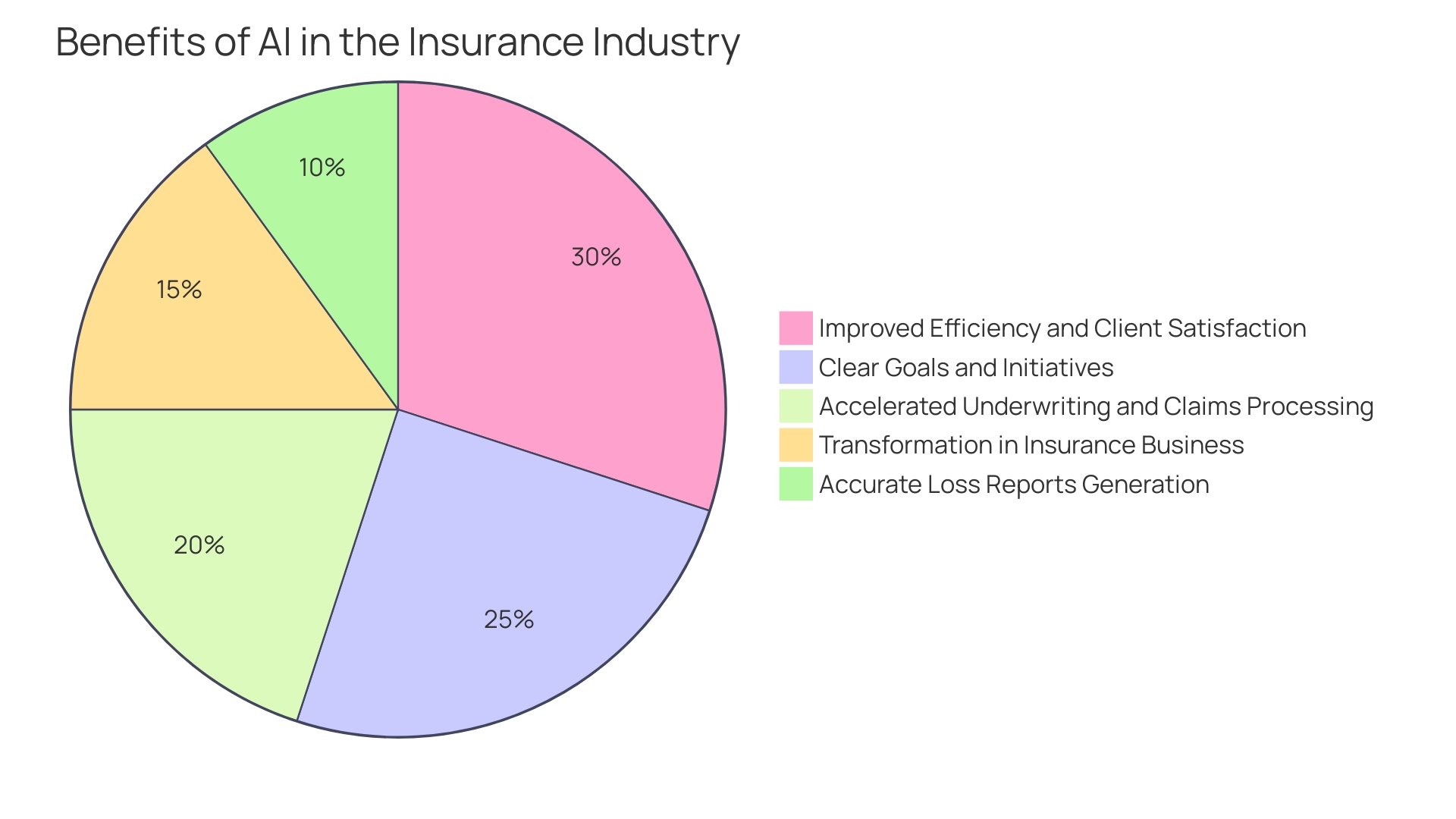
Predictive Analytics for Intelligent Decisions
Using the advanced features of predictive analytics, insurance companies are transforming the way they handle and oversee insurance requests. This innovative approach harnesses the power of historical data and advanced algorithms to forecast outcomes and identify trends. By implementing these predictive models, insurers are empowered to efficiently prioritize insurance requests, anticipate potential risks, and allocate resources effectively. The result is a harmonious balance between expeditious claim resolution for policyholders and meticulous cost management for the insurer, enhancing satisfaction on both ends. Moreover, the ongoing enhancement of these models with incoming information guarantees that insurers remain at the forefront of accuracy and significance in their forecasts, ultimately nurturing a more robust and reliable ecosystem for insuring.
Automated Data Extraction and Document Processing
Incorporating Intelligent Document Processing (IDP) into the workflow of insurance companies has been transformative, allowing them to automate the extraction and processing of information from a myriad of documents like invoices, medical reports, and policy documents. This advancement is supported by the utilization of state-of-the-art artificial intelligence and machine learning algorithms, which have been crucial in managing unorganized and partially organized information that typically necessitated manual input. Such information makes up a significant 85% of enterprise data in the insurance sector, turning IDP into not only a strategic enhancement but also a crucial asset in the industry.
For example, Amazon Kendra, a search service powered by machine learning, has proven to be a standout in this realm. It enhances the search experience by using custom metadata to filter and categorize content, showcasing its potential in managing the increasing volume of claims in the insurance sector. Similarly, the transformative effect of IDP extends to the underwriting process, where the accurate and timely collection of data is paramount. By leveraging IDP, insurance providers are observing a significant reduction in labor-intensive tasks, fewer errors, and enhanced efficiency in assessing risks and setting premiums.
The real-world implications of these technological advancements are substantial. According to a representative from a prominent insurance company, the process of reviewing claims, which previously entailed extensive manual work, has now been made more efficient through automation, with human supervision primarily dedicated to conducting final accuracy checks. This shift not only accelerates claim resolution but also unlocks new growth opportunities and cost efficiencies.
Furthermore, the challenges of interpreting ‘tables’ in documentsâa notorious problem where AI models struggle to maintain consistency with diverse formatsâare becoming a thing of the past. This development is vital for companies that need to navigate through extensive tables that may span multiple pages or present information in dense formats. The consistency and accuracy brought forth by IDP are indispensable in ensuring compliance and maintaining the integrity of the data collection process.
In the age of digital transformation, IDP stands out as a pivotal innovation for the industry of risk coverage, promising to elevate operational effectiveness to unprecedented levels and marking the beginning of a new era where speed and accuracy are no longer mutually exclusive.
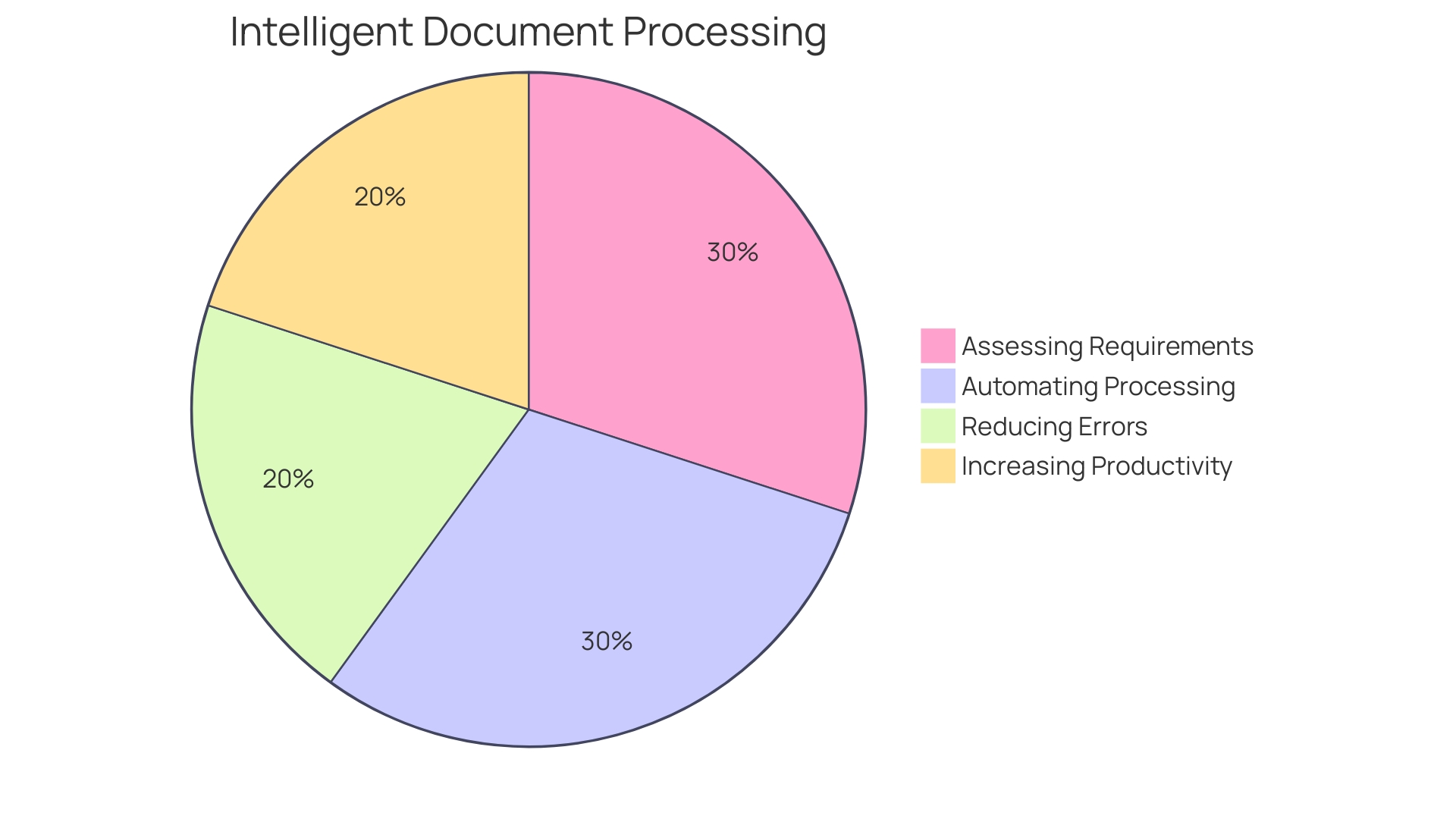
Predictive Claims Routing and Real-time Communication
The scenery of insurance requests and risk assessment is being revolutionized by generative artificial intelligence (GenAI), providing a guiding light of effectiveness and client contentment in an industry historically burdened by manual procedures. Amidst this transformation, AI-powered systems are showcasing their effectiveness by streamlining the routing of claims and fostering real-time communication. These systems, with their ability to quickly analyze the intricacies of a claim, the nuances of policy details, and the specifics of client information, can deftly navigate claims to the right department or adjuster, bypassing the labyrinth of traditional processing.
Moreover, the advent of real-time communication tools like chatbots and instant messaging platforms is revolutionizing the way policyholders engage with insurers. These tools provide instant updates, respond to queries, and maintain a seamless communication flow, effectively reducing the opacity that once frustrated customers. As the industry grapples with integrating AI into business practicesâa challenge underscored by a mere 36% of financial services and leaders reporting widespread use of AI proofs of conceptâthose who do are reaping the rewards. The effectiveness of AI in the field of insurance is not just theoretical. In the realm of claims adjustment, for instance, Ai’s role in assessing fire damage through image analysis has already shown its potential, offering a clear, visual documentation that enhances both the assessment and evidence-gathering stages of claims processing.
This movement towards intelligent solutions is not without its regulatory considerations, as evidenced by New York state’s recent guidelines ensuring Ai’s application adheres to legal and ethical standards. As insurers navigate these new waters, the integration of IoT in risk prevention and management is also garnering attention, highlighting the multifaceted impact of digital innovation in the sector. The promise of GenAI in insurance is clear: it’s a path to operational excellence, where the traditional and digital converge to create a more resilient and customer-centric industry.
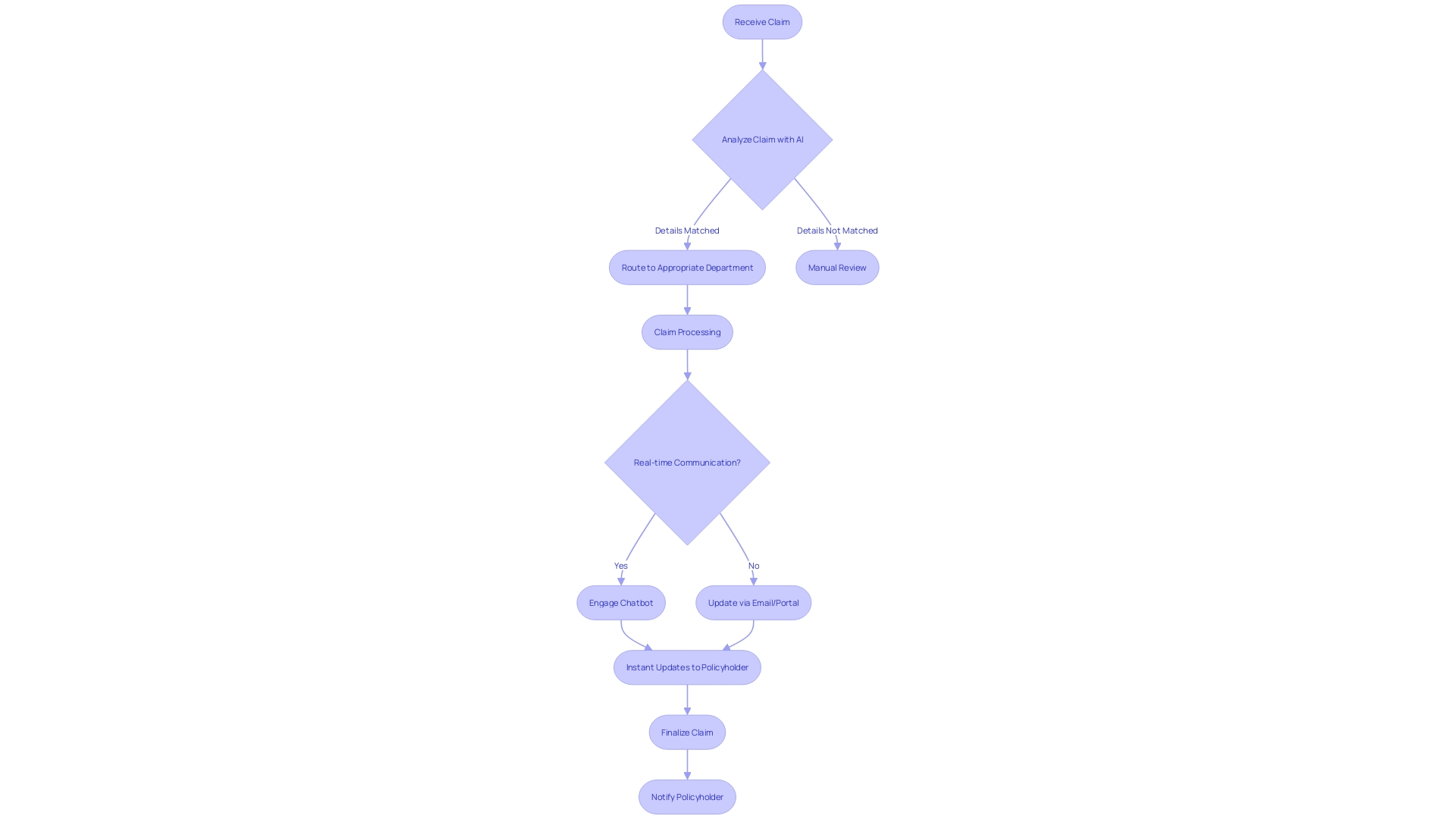
Benefits of Streamlining Claims Processing
Insurance companies today are on the cusp of a transformation, catalyzed by automation and intelligent solutions that streamline the claims process. Embracing technologies such as AI has led to a notable enhancement in efficiency. For example, through AI-powered document processing, insurers can guarantee uniform accuracy, removing the inconsistencies that result from various associates managing the same process in different ways. The outcome is a notable decrease in manual mistakes and a consistent approach to information gathering.
Claims automation is not just about speed but also about the depth of data analysis. AI’s capacity to identify patterns and evaluate sentiment adds a level of complexity to processing of assertions. For instance, AI can identify potential fraud or litigious circumstances, thereby enhancing the precision of assessment for insurance cases. This technology has also transformed the First Notice of Loss (FNOL) procedure, where AI can pre-fill information and prompt the client to verify details, enhancing the overall client experience.
The drive for automation is propelled by consumer demand for fast claims handling, which has been identified as a top priority by 52% to 63% of individuals across multiple countries, according to a survey conducted by Sollers Consulting and Ipsos. This desire for speedy processing times is not just a convenience; it is a vital component of satisfaction, sometimes even surpassing the importance of the compensation amount itself.
Enterprises are making significant investments in analytics, with global spending in the insurance industry surpassing $11 billion in 2022, highlighting the sector’s commitment to data-informed decision-making. The implementation of generative AI has also shown promising prospects, providing capabilities ranging from summarizing key points in data to identifying missing information, thereby enriching the customer journey.
In general, with the incorporation of AI and automation, companies that provide coverage are ready to provide outstanding service, decreasing expenses, optimizing resources, and concentrating on what is most important—their policyholders.
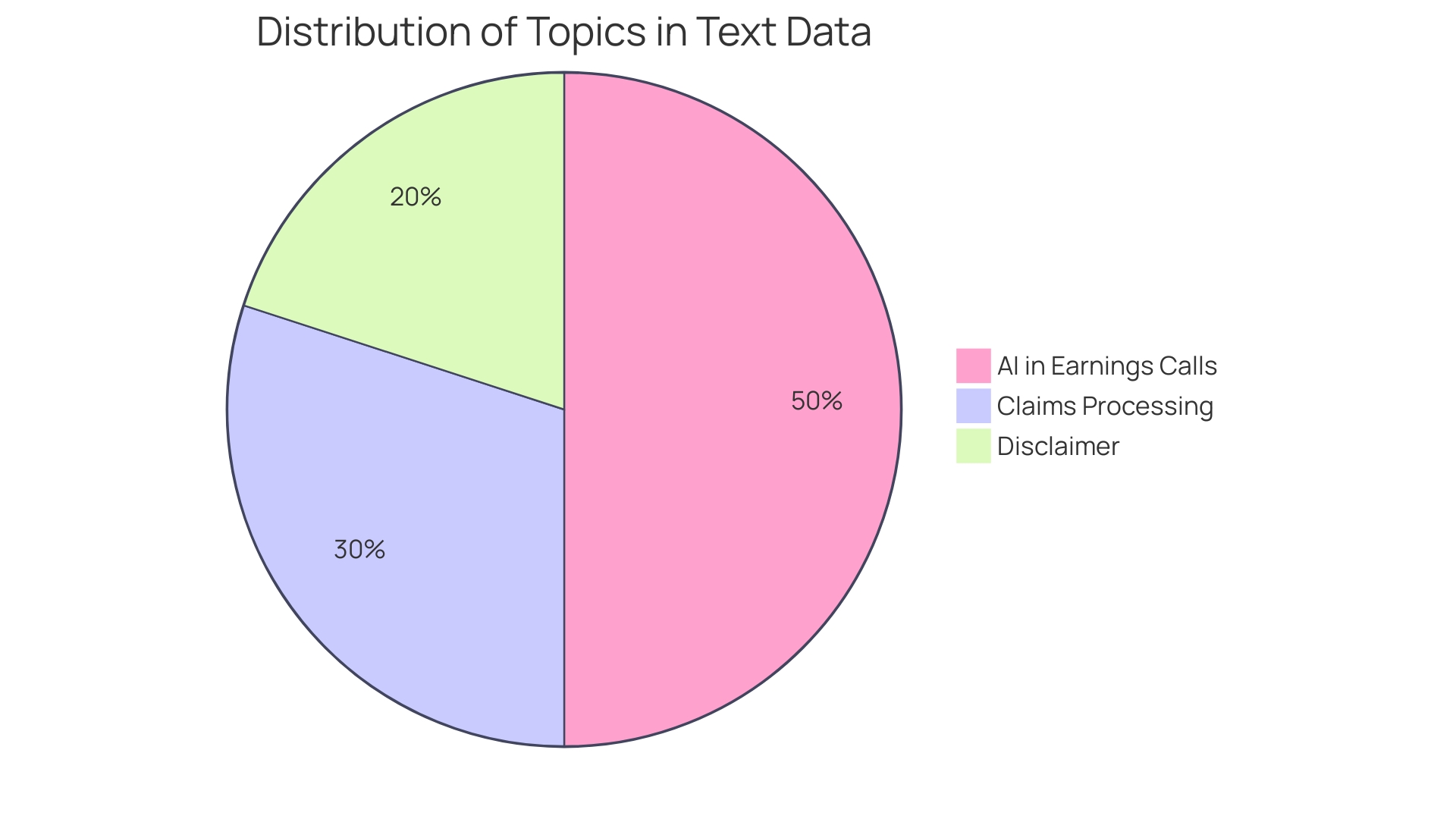
Case Study: Implementation and Results
XYZ Insurance Company’s strategic integration of AI-powered systems for handling insurance cases revolutionized their operational efficiency. By utilizing sophisticated algorithms for requests registration, document administration, fraud identification, and efficient requests routing, the company not only reduced manual errors but also increased processing speeds by an impressive 40%. This innovative method resulted in a 20% decrease in false assertions, a remarkable figure given the rise in credit card deception, which has escalated from 127 million instances in 2021 to an estimated 150 million in 2023 in the United States, according to Dataprot. The industry’s battle against such fraud leverages cutting-edge IT technology and computational algorithms, much like XYZ’s AI-driven solutions.
Furthermore, levels of client contentment increased significantly, as policyholders profited from the swift and accurate settlement of their demands. This emphasis on accelerated claims handling reflects recent discoveries by Sollers Consulting and Ipsos, which emphasized that between 52% to 63% of individuals in different countries prioritize prompt claims processing as a top concern post-claim. In reality, in the UK, 63% of individuals consider this the most crucial element, surpassing even the actual compensation amount.
As the coverage sector deals with the generative AI revolution, it’s clear that, despite challenges and skepticism, the adoption of AI in property/casualty coverage is producing tangible benefits. Although a study indicates that only 36% of financial services and leaders in the insurance industry have broadly implemented AI proofs of concept within their operations, the success stories of early adopters like XYZ Insurance Company demonstrate the potential for significant operational advancements and enhanced customer experiences.
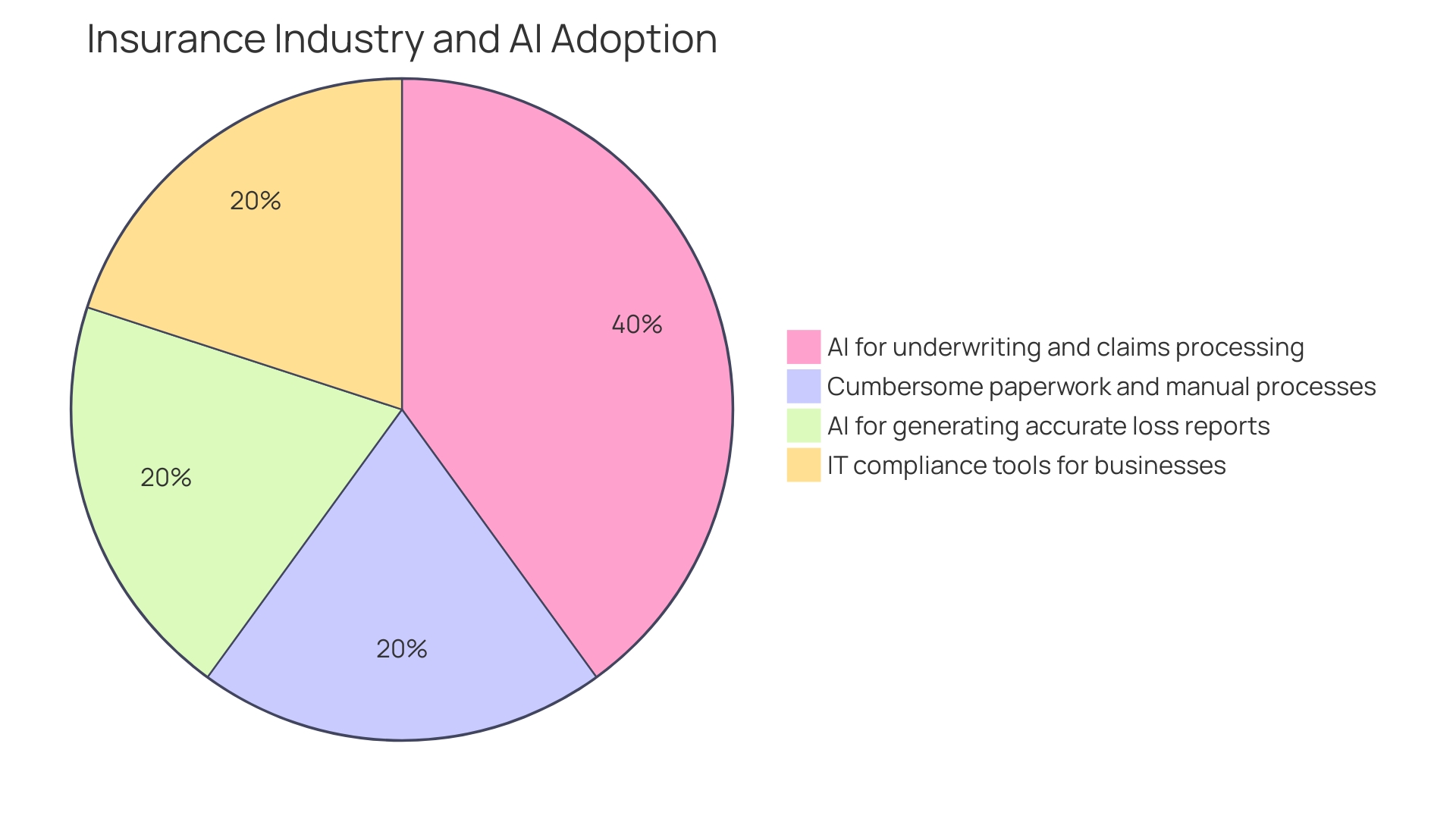
Overcoming Challenges in AI and Automation Implementation
The sector of risk coverage is at a transformative crossroads with the advent of generative artificial intelligence (GenAI). Over a year into this evolution, property and casualty insurers are pioneering the practical application of GenAI, leveraging its capabilities to enhance claims processing and underwriting. Even though an astonishing 91% of leaders in the financial services and insurance sector have started AI proofs of concept, only 36% have implemented these innovations at scale. The challenges are significant, with many companies still striving to harness Ai’s full potential, indicated by 70% of organizations actively deciphering strategies to maximize AI’s advantages.
The successful integration of AI in operations related to the protection of assets necessitates a multifaceted approach. Firstly, insurers must cultivate trust in Ai’s capabilities, transitioning from using machine learning for task automation to allowing AI to generate its own inferences and decisions. This shift demands a commitment to transparency and rigorous testing of AI systems. Furthermore, insurers must navigate the intricacies of privacy and security, ensuring that the integration of AI into existing systems is smooth and does not compromise sensitive information. Employee training is also paramount to facilitate the adoption of new technologies and minimize resistance to change.
Leaders in the sector of insurance are acknowledging the necessity to be proactive instead of reactive in this technological shift. A fail-fast approach, coupled with candid assessments of digital tool efficacy, is propelling the industry forward. By embracing AI, insurers can expedite underwriting and claims processes, tapping into historical data analysis for risk evaluation and generating precise loss reports, ultimately enhancing efficiency and customer satisfaction. As insurers move forward, the focus is on streamlining operations, reducing administrative burdens, and setting a precedent for digital innovation in the insurance landscape.
Future Trends in Automated Claims Management
The sector of coverage is on the cusp of a transformation powered by generative artificial intelligence (GenAI). Over a year into the GenAI revolution, we see insurers navigating the challenges of turning technological potential into tangible value. Despite the initial skepticism, the property and casualty coverage segment has been an early adopter, with leaders already reaping benefits. Yet, the shift has not been devoid of its intricacies; only 36% of leaders in financial services and the insurance sector report extensive implementation of AI across various business operations, even though 91% have initiated AI proofs of concept.
The industry is not just experimenting; it’s actively seeking ways to leverage AI to address deep-rooted challenges. While large language models (LLMs) like ChatGPT and Google’s BERT hold promise for customer support and content generation, accuracy remains paramount, especially in areas like underwriting. The life coverage sector faces the additional hurdle of a changing workforce. As seasoned professionals retire, there’s a pressing need to preserve their expertise. Here, AI can both pose a challenge and offer a solution—educating consumers and potentially disrupting the traditional agent-client relationship, while also serving as a tool for training and knowledge retention.
Insurance technology companies are positioned as crucial players in this transition, tasked with transforming policy administration systems and data accessibility. This transformation is not only about embracing new technology; it’s about fundamentally altering the way coverage is purchased, sold, and handled. As we dive into these hot topics, we reflect on insights shared by Luis Romero, CEO and founder of Equisoft, who emphasizes the critical role of technology in sustaining customer satisfaction and value delivery amidst these shifts.
The Tech Trend Radar 2024, a collaborative effort by experts from Munich Re and ERGO, serves as a guide through the innovations set to shape the future of risk coverage. This resource offers a curated view of emerging trends, providing professionals in the field of insurance with a framework to discuss, provoke thought, and discover new business opportunities. It’s a testament to the industry’s commitment to staying ahead of the curve, ensuring that insurance remains responsive and relevant in an ever-evolving landscape.
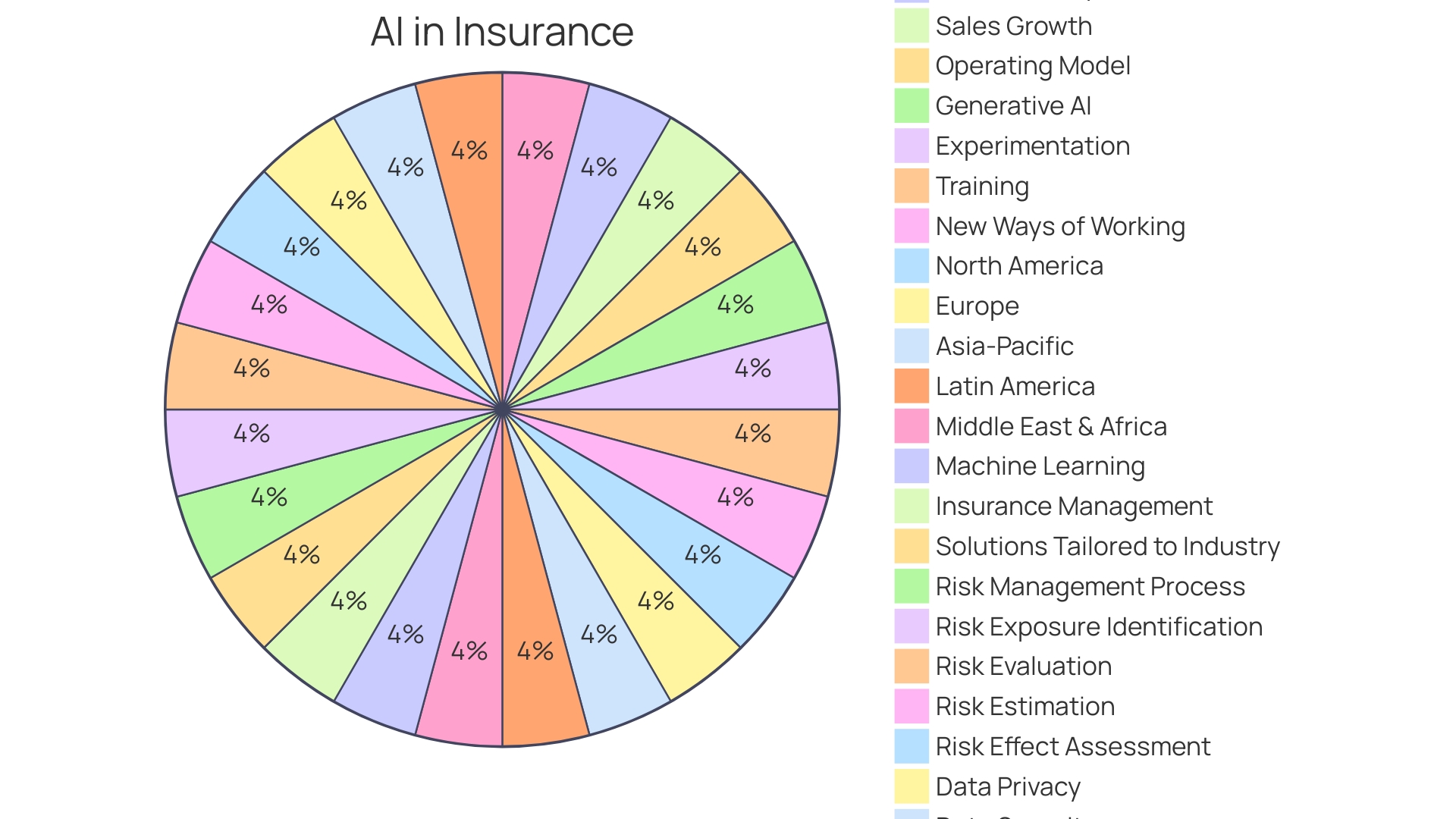
Conclusion
In conclusion, the integration of AI in the insurance industry is revolutionizing claims processing and underwriting. It enables insurers to analyze vast datasets with unprecedented speed and precision, leading to increased efficiency and informed decision-making. Early adopters have seen tangible enhancements in their services, showcasing the transformative impact of AI.
AI aligns with regulatory guidelines, ensuring ethical use of data. It expedites the underwriting process, resulting in more accurate risk assessment and a smoother claims experience for customers. This streamlines operations, reduces costs, optimizes resources, and focuses on customer satisfaction.
The potential of AI in claims processing is becoming increasingly tangible, with companies experiencing quantifiable results. It accelerates processes and generates precise loss reports, revolutionizing the industry.
Predictive analytics allows insurers to efficiently prioritize claims, anticipate risks, and allocate resources effectively. This fosters a more robust and reliable insurance ecosystem.
Intelligent document processing automates data extraction, enhancing accuracy and efficiency in assessing risks and setting premiums. It elevates operational effectiveness in the insurance industry.
AI-powered systems in claims routing and real-time communication streamline processes and enhance the customer experience. Real-time communication tools provide instant updates and reduce customer frustration, leading to satisfaction.
Successful AI implementation yields benefits such as increased operational efficiency, reduced errors, faster processing speeds, and improved customer satisfaction. This demonstrates the potential for significant operational advancements and enhanced experiences.
In conclusion, the integration of AI and automation in the insurance industry offers practical solutions to streamline operations, enhance efficiency, and deliver exceptional service. The transformative impact of AI is empowering and solution-oriented, paving the way for operational excellence and a customer-centric approach.

